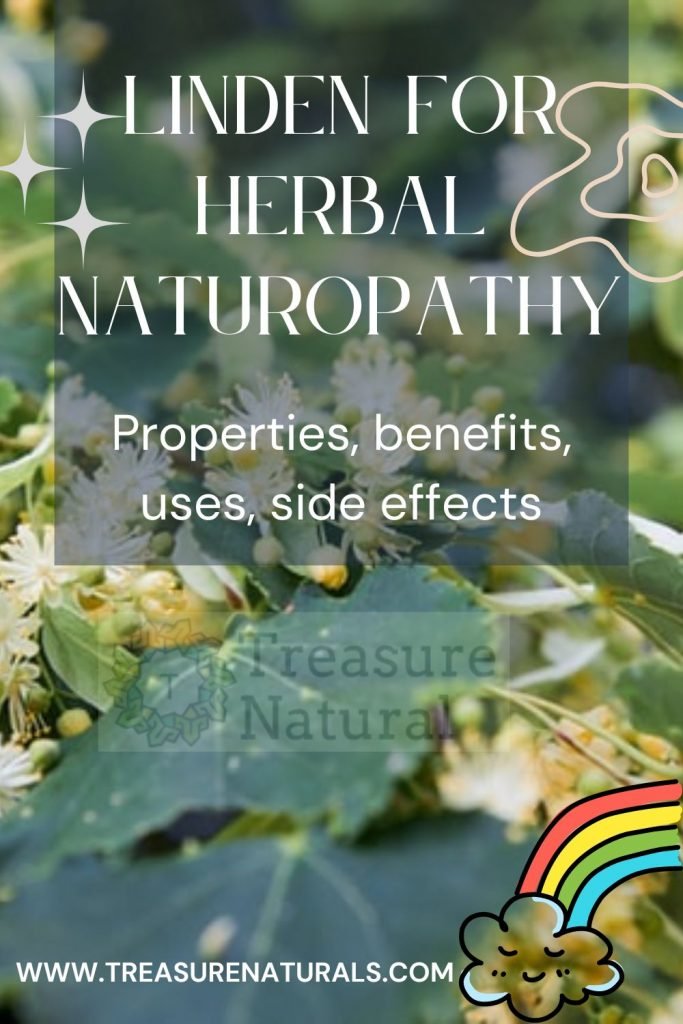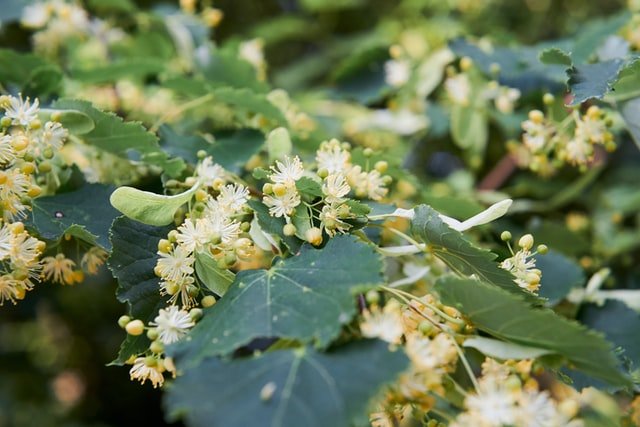
Linden is a plant used in herbal medicine to combat insomnia, nervousness and airway disorders. Let’s find out how to use it.
Lindenis a very long-lived tree belonging to the Tiliaceae family. Thanks to its properties it is used in phytotherapy to combat insomnia, nervousness and airway disorders.
Properties of linden
The inflorescences of the linden contain polyphenols (tannins and especially flavonoids), essential oil and mucilages that give this plant properties:
- Sedative;
- antispasmodic;
- diaphoretic (promotes sweating).
The bark of the linden tree, on the other hand, has a composition that is not entirely known and has been attributed choleretic properties (stimulates the production of bile).
Benefits of linden
Dried linden flowers are used in phytotherapy for:
- Promote relaxation and rest;
- counteract agitation, nervousness and tachycardia;
- reduce blood pressure;
- fight anxiety and stress.
In addition to its relaxing and anxiolytic action and as a natural supplement for insomnia, linden is also used in the treatment of colds and flu states, thanks to its ability to calm cough and lower fever.
Linden is also used sapwood, that is, the second bark, with spasmolytic and choleretic properties. Linden bark is used to promote digestive processes, reduce abdominal swelling and treat migraines.
Externally this plant is used in case of skin diseases for its emollient and antipruritic properties. Externally preparations obtained from flowers are used, and not from sapwood or linden leaves.
Uses of linden
Linden can be used internally in the form of infusion of inflorescences or as a decoction of the bark. Linden teas can also be used topically for baths and soothing compresses.
There are also other preparations on the market including mother tincture, gemmoderivative and other extracts for oral use.
Linden essence is finally used in perfumery.
How to use
Internal
use Infusion
2 gr of linden flowers;
250 ml of boiling
water Leave to infuse for ten minutes. They consume 3-4 cups a day. Linden tea can also include other herbs with similar action, such as chamomile, lemon balm, passionflower or orange.
Decoction
5 gr of sapwood per 100 ml of cold water.
Bring to a boil and leave to infuse for 10-15 minutes. They are consumed from one to three cups a day.
Gemmoderivato
20-40 drops of linden bud derivative diluted in water once or twice a day.
Mother
tincture 30 drops of linden mother tincture diluted in water from one to three times a day.
External use
Linden bath
Linden infusion can be added to bath water for a sedative and relaxing effect. The bathroom with linden flowers is also suitable for children.
Eye packs
Apply gauze tablets soaked in linden infusion on the eyes and applied to the eyes relieve fatigue, redness, bags under the eyes.
Linden water
Used as a tonic after cleansing the face, linden infusion relieves irritation, redness and itching of the skin.
Contraindications
There are no particular contraindications or side effects in the use of this remedy, except for subjects who have hypersensitivity and allergies to the plant.
Description of the plant
The linden plant is existing and long-lived, with an arboreal habit. It is a tree of considerable size, which can reach up to thirty meters in height.
The linden roots are in fact deep and allow the tree to develop a robust trunk that bears a wide foliage. The linden leaf is heart-shaped, sharp and with a toothed margin.
The tree usually blooms in late spring, when the scent of linden inebriates our cities. The flowers of the linden tree, in fact, small and composed of five petals, are grouped in intensely fragrant selvedge infioscences.
From the flower then develops a small walnut, the fruit of the linden, which is carried by the wind thanks to the presence of a greenish bract welded to the peduncle of the inflorescence.
The scientific name of linden is different depending on the variety: in phytotherapy Tilia cordata and Tilia platyphyllos are used.
Linden habitat
The wild linden is a plant native to southern Europe, spread spontaneously and cultivated for ornamental purposes in the gardens and tree-lined avenues of the city.
Background

The name derives from the Greek ptilon, which means “wing“, for the characteristic leafy bract that facilitates the wind spread of the fruit clusters.
This elegant and powerful tree is the object of rituals and mysterious ceremonies typical of the Nordic sagas, particularly celebrated by the ancient Germanic peoples.
The sacredness of the linden tree and its ability to live several centuries, have made the linden take on the symbol of longevity.
In the legend of Philemon and Bauci, the husband turns into oak, a typical male tree, while the wife becomes a sweet linden. Perhaps in memory of that delicate story of love and veneration for the gods, the linden blossom has become the symbol of conjugal love.
Another Greek myth tells that the nymph Filira, daughter of Oceanus, lived on the island of Pontus Eusinus. One day Cronus joined her but, surprised by his wife Rhea, he turned into a stallion and galloped away. When Filira had given birth, she realized that the divine newborn, Chiron, was a monster half man and half horse.
She felt such shame that she asked her father to be changed into the tree that has since borne her name in Greek. The Greeks created the myth of Filira because this plant has always evoked femininity with its appearance and scent, so much so that the Greeks considered it sacred to Aphrodite.
The white-pink wood, although short-lived and easily attached by woodworms, is used for furniture, piano keys, pencils, matches, paper pulp, etc. The fibers of the bark can be used to make mats and cords.
Linden flowers, very fragrant, are sought after by bees and give an excellent honey. Their fragrance can also be enjoyed in the kitchen by using them to flavor sweets or syrups.






